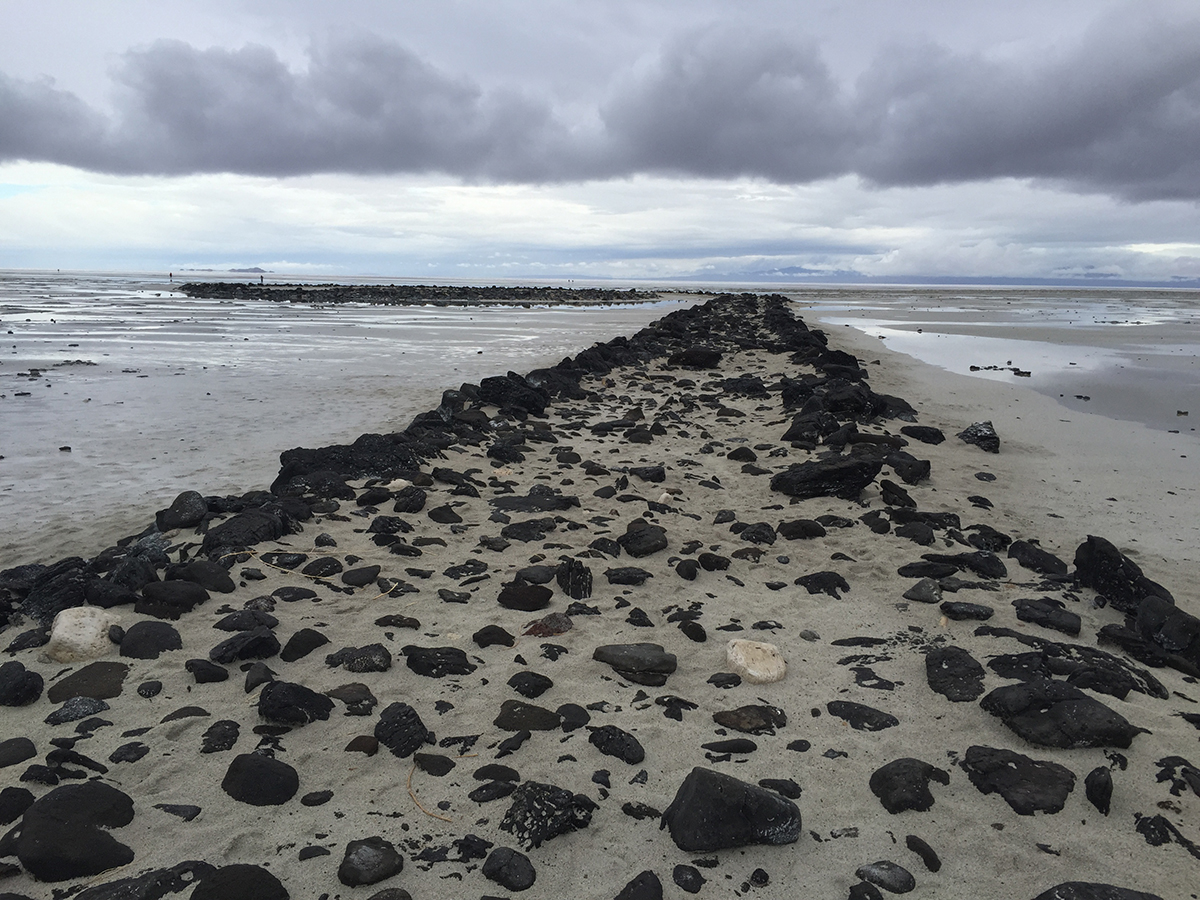

It is easy to forget that the remote sensing technologies making consumer satellite images so pervasive have only been in widespread use for twenty-five years.
#SPIRAL JETTY TODAY HOW TO#
4 Entering the Google interface is like delving into Borges’s “Unconscionable Maps,” with the cartographers of Mountain View having figured out how to collapse an entire Empire into the palm of your hand. Jody Berland proposes the maps accessed through applications like those provided by Google are a “technoterritory as much as they are maps of geophysical terrain.” That is, they are a hyperconnected assemblage of digital information and geospatial technologies that can reveal much more than abstract cartographical detail. Integrating social media platforms and photo uploading technologies, Google provides a multi-axis, multiscale, and multiperspective image of the entire planet. 2 Within a year it was available for cell phone use, and Google quickly tied satellite imagery to its vector-based maps, launching Google Earth, a stand-alone computer program that “lets you take a virtual journey to any location in the world.” 3 Between the two applications, users are able to access a vast array of geospatial information anywhere with an internet connection. Spiral Jetty located and reviewed in Google Maps. Up until the exact moment cell reception cut out, our trip had been constantly marked in both time and space by the small blue orb pointing my phone, car, and thus body toward our destination, marking us, in real time, within the vast cartographic empire of Google Maps. Clearly being stranded without gas and toilets is now on par with being without cell reception, or even worse, without an Internet connection. Photograph by the author.įollowing directions printed from a website seems almost quaint in the age of Google Maps and cheap GPS devices, with the road signs reading more like warnings than travel tips. Included in the directions are notes about the “LAST GAS STATION” in Corinne Utah, 41 miles to the east, and the “LAST BATHROOMS” and “LAST CELL RECEPTION” at the Golden Spike Historic Site, a small yet well-staffed national monument commemorating the exact location where the east- and west-coast railroad lines were hammered together with a solid gold railroad spike. Dia’s directions are clear enough, and the route is well marked by signs, gently pulling you toward the Spiral as you travel through the desert. The foundation acquired the work from Nancy Holt and the estate of Robert Smithson in 1999 and have managed it ever since, including the addition of a small commemorative plaque overlooking the earthwork and the installation of a campground for visitors wishing to stay the night. The area is crisscrossed by dirt roads cutting through old ranches, abandoned towns, and seemingly endless expanses of sparsely populated land.ĭirections to the Jetty are provided by the Dia Art Foundation website. Snaking through the hills on the north shore of the Great Salt Lake, the road to Spiral Jetty (1969), Robert Smithson’s magnum opus in rock and salt, is long, dusty, and-aside from the rumbling of the car over gravel-pleasantly quiet.


 0 kommentar(er)
0 kommentar(er)
